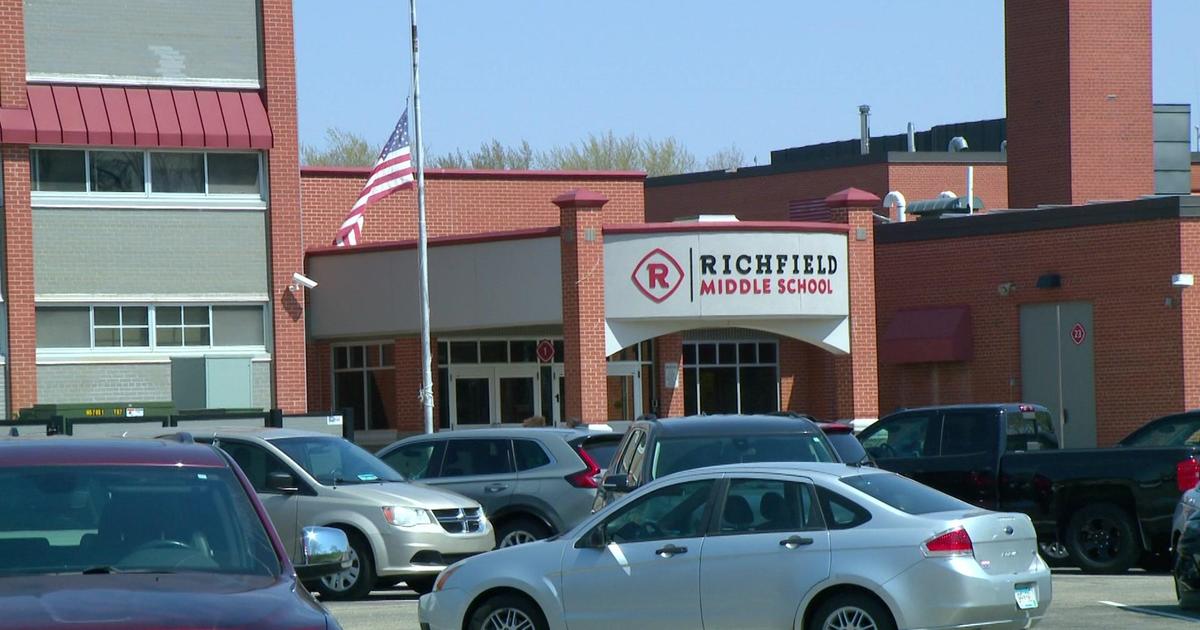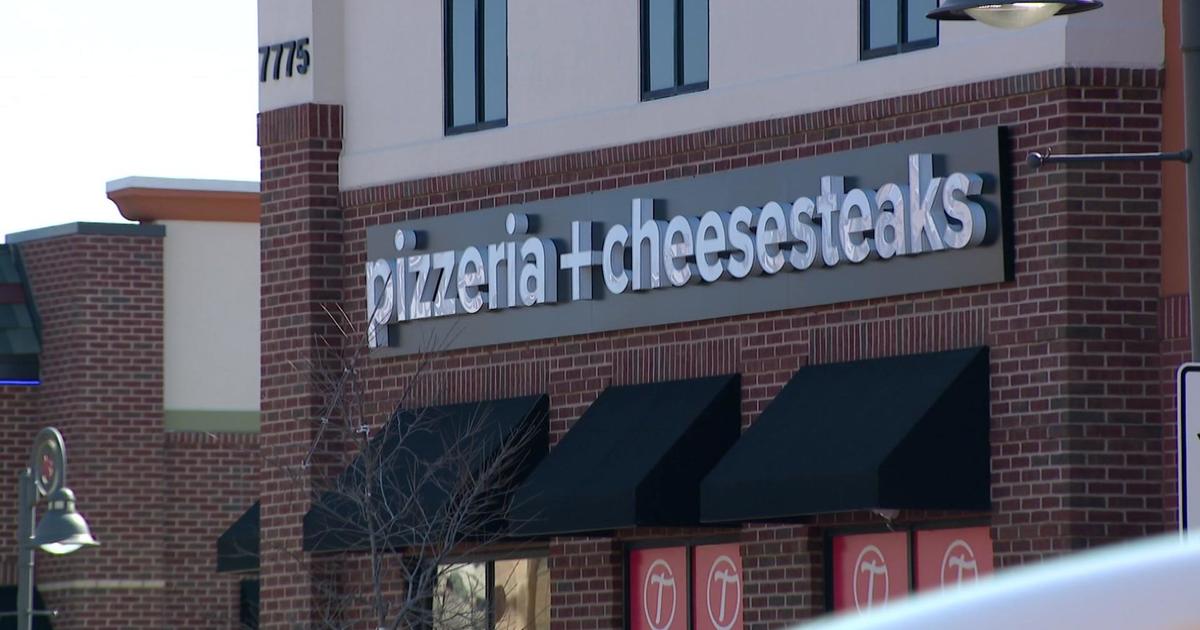What Is The Strategy Behind Snow Plowing?
MINNEAPOLIS (WCCO) -- Minneapolis and St. Paul are now in their fourth snow emergencies of the year – once every week since the end of January. It's a plowing and parking plan both cities have practiced for years, some parts science and some parts art.
So, what is the strategy behind snow plowing? Good Question. WCCO went behind the scenes in St. Paul to find out.
According to St. Paul's website, a Snow Emergency is typically declared after snowfalls of 3" or more, or after an accumulation of 3" or more.
But St. Paul Public Works spokesperson Lisa Hiebert says that's not a hard and fast rule.
"There are so many different factors that go into declaring a snow emergency, such as what are current roadway conditions, what is the road temperature, what's being forecasted in the future," she says.
During a snow emergency, St. Paul has to plow 1800 lane miles in 24 hours. That's distance from St. Paul to Los Angeles.
Hiebert says the plows have to move at a certain speed to push the snow off the ground, making it virtually impossible to stop at each driveway and open space on a sidewalk.
There are 80 routes, which drivers start at the beginning of each snow emergency right around the same time. The routes stick mostly to right-hand turns for efficiency's sake, which is why someone might see a plow one street over not come to their street.
"If you see a plow or hear a plow come by at 5 o'clock in the morning, typically with the next snow emergency, you'll probably hear that plow around the same time," Hiebert said.
St. Paul rarely uses sand because it doesn't melt ice and gets stuck in the storm drains, requiring expensive spring clean-up.
Last year, St. Paul uses 14,000 tons of salt, which was down from the previous year. When possible, crews will pre-treat some roads with a brine solution. They also use salt on some residential hills, curves and intersections, as well as main roads during and after a storm. St. Paul crews use two different kinds of salt, depending on the air temperature.
"We also wet the salt we put down, so it helps stay in those drive lanes," Heibert said.
Crews will plow before snow emergencies or when there isn't enough accumulation to declare one. But, at those times, the plows stick to the main roads. Crews only plow on the residential streets during snow emergencies because need to move their cars.
The standard for main roads following plowing is bare pavement. For residential streets, it's snow packed, but "safe and passable."
Each St. Paul snow emergency costs about $600,000. The city budgets for four each year, but will plow as much as needed.



